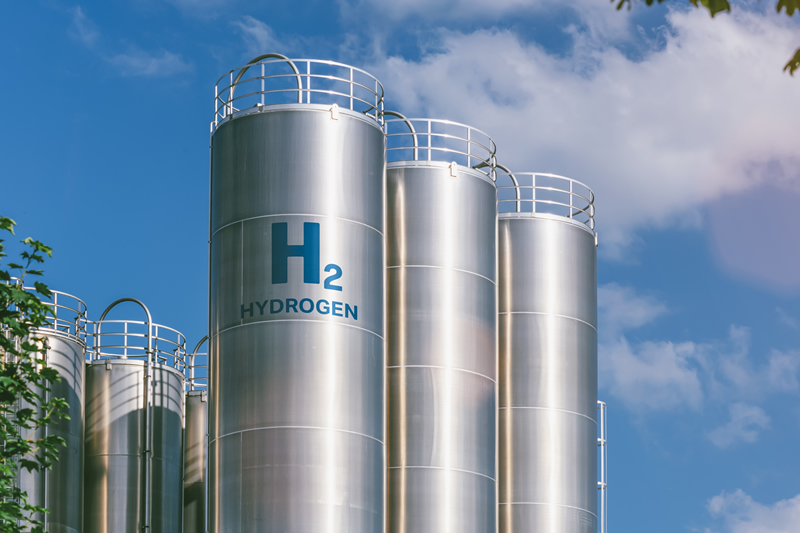Future Fuel Types For Shipping & Cargo Vessels Being Commissioned
20
There are an estimated 60,000 cargo ships worldwide, and this number is continually changing as new vessels are constructed and older ones are retired. Cargo ships can be categorised based on their design, size, and the type of cargo they transport. Fuel type is also going to a categorisation that will become more important moving forward.

Ships powered by oil and diesel face challenges in transitioning to green fuels. To achieve a greener fleet, the approximately 60,000 ships in operation worldwide will need significant upgrades or replacements by 2050. Retrofitting existing vessels to run on methanol and ammonia is possible but costly, with expenses ranging from $5 million to $15 million per ship, irrespective of their size. For older vessels, this investment may not be economically viable given their remaining service life.
Three future fuel options for shipping vessels are emerging being methanol, ammonia, and hydrogen. Container shipping lines like Maersk, Evergreen, CMA CGM, and COSCO are ordering ships capable of burning both methanol and methane. Maersk, for instance, received its first dual-fuel vessel that operates on green methanol and fuel oil and completed a voyage from South Korea to Denmark with cargo in August 2023.
The world's first ammonia-fuel ready vessel, the ABS-classed Suezmax tanker "Kriti Future", has been delivered to new owners in Greece. MSC Cruises has also ordered two hydrogen-ready vessels for 2028. While these orders inspire optimism about decarbonisation, they represent a small fraction of the global fleet.
Transitioning to green fuels will necessitate the development of pipelines, storage tanks, and port refueling stations. In particular, green hydrogen, a crucial component for other green fuels, demands substantial investment for storage in specialized containers at temperatures around -253°C. The shipping industry has yet to reach a consensus on its fuel of the future, and it is likely that multiple options will be necessary due to the limited supply of renewable energy.
The positive aspect is that decarbonizing international shipping will have broader benefits beyond the industry itself. It will accelerate investments in renewable energy and offer sun-rich emerging economies the opportunity to produce cost-effective green hydrogen.
The shift of the shipping industry from bunker fuel to cleaner fuels is an essential component of achieving net zero greenhouse gas emissions targets by 2050. Achieving net zero carbon dioxide (CO2) emissions by 2050 aligns with efforts to limit the long-term global temperature increase to 1.5°C. This requires a profound transformation in how we generate, transport, and consume energy.
Protea will play a critical role in this transition, particularly in shipping and marine emissions monitoring. The Protea 2000 In-Situ Infra-red gas analyser, in conjunction with a Protea Control Unit, forms the foundation of a Continuous Emission Monitoring System (CEMS).
#protea #emissions #monitoring #cems #ftir #gas #analysers #shipping #marine
Other Articles
Global Underground CO2 Storage Data Offers Hope Amid Rising Emissions
01
IMO Postpones Adoption Of Global Net-Zero Shipping Framework
04
Pioneering Carbon Capture Projects Ready For Construction
03
Methanol & Ammonia Deemed Ready As Zero-Emission Shipping Fuels
01
Carbon Capture Storage Reaching A Turning Point In Decarbonisation
13
CCS To Capture 15% Of Shipboard Carbon Emissions By 2050
29
Global Shipping Industry Struggles To Navigate Net Zero Transition
21
Carbon Capture Surges as Economics Policy & Industry Demand Align
14
GHG Emissions At Ports On The Rise Despite Initiatives
07
Carbon Capture Utilisation & Storage In A Nutshell
30
